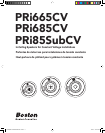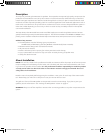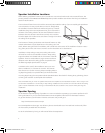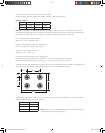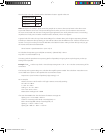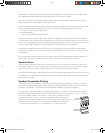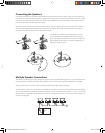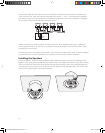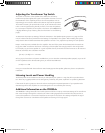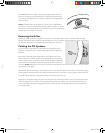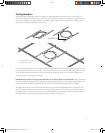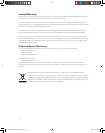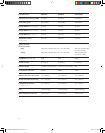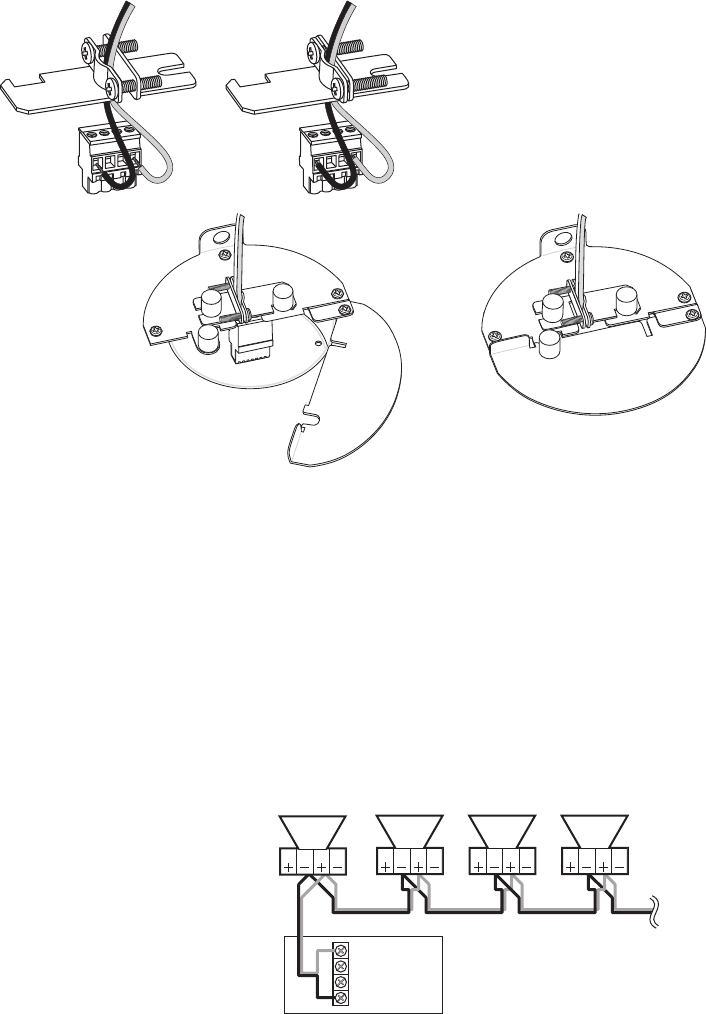
9
Connecting the Speakers
Unscrew the fasteners on the back of the speaker that hold the wire clamp in place. Open up the clamp and in-
sert about 2” of wire through the opening. Tighten the clamp screws to secure the wire. Note: If there is a jacket
around the two wire conductors fasten the clamp to the jacketed part of the wire. Remove the jacket from the
part of the wire that extends beyond the clamp.
Separate the two conductors of the wire. Remove about 3/8” of insulation from the end of the wire. Insert the
wires into the appropriate terminals on the connector and tighten the screws on the top of the connector to
secure the wire. Be sure there are no loose strands of wire.
Just before the speaker is mounted plug the connec
-
tor into the back of the speaker. Set the wire clamp in
place and tighten the fasteners to secure it. Finally pivot
the moveable cover plate into position and tighten its
fastener to hold it in place.
ÇäÊ6Ê>«wiÀ
ÇäÊ6ÌÃ
""* ""*
Çä6
Óx6
{Ê"-
"
ÇäÊ6ÌÃ
""* ""*
ÇäÊ6ÌÃ
""* ""*
ÇäÊ6ÌÃ
""* ""*
Multiple Speaker Connections
The other main advantage of high voltage CV systems is all the speakers being driven by a given amplifier chan-
nel are basically connected in parallel. The impedance load concerns of conventional systems do not apply.
There are two ways to connect a series of PRi CV speakers. Examples are shown below.
The first example shows how CV systems are typically connected. The wire from the amplifier to the first speaker,
and for all the following speaker-to-speaker connections, are all connected to the regular “+” and “–” terminals.
With this type of connection all the speaker in the chain will operate even when one or more of the speaker con
-
nectors is unplugged.
142-002698-D OWNERS MANUAL PRICV9 9 10/4/07 3:24:09 PM



